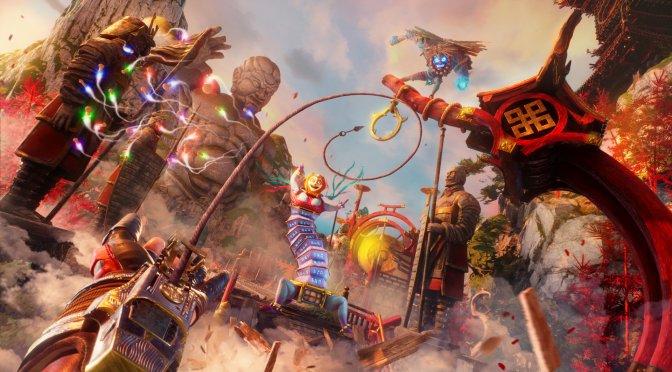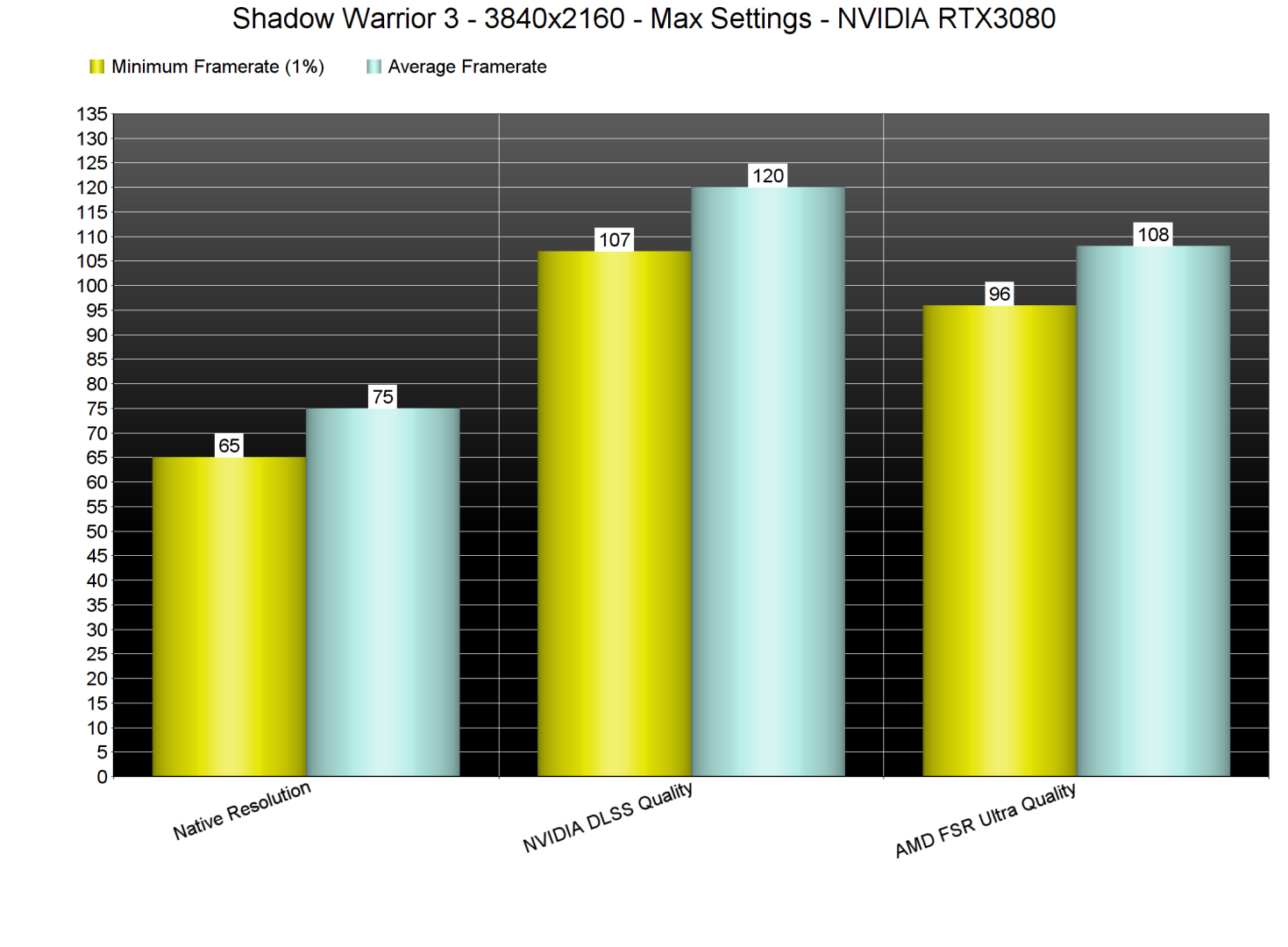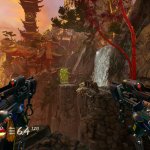Shadow Warrior 3 releases tomorrow and Devolver has provided us with a review code. And, since the game supports both AMD FSR and NVIDIA DLSS, we’ve decided to benchmark and compare them against native 4K.
For these benchmarks and image comparisons, we used an Intel i9 9900K with 16GB of DDR4 at 3800Mhz and NVIDIA’s RTX 3080. We also used Windows 10 64-bit, the GeForce 511.79 driver.
Shadow Warrior 3 uses Unreal Engine 4 and supports DirectX 11. And even without DLSS or FSR, an NVIDIA RTX3080 can provide a 60fps experience at 4K/Max Settings. This is mainly why we’ve not included any 1440p or 1080p benchmarks.
NVIDIA DLSS Quality brings a noticeable performance boost over both native 4K and AMD FSR Ultra Quality. Not only that, but the DLSS implementation is amazing. AMD FSR Ultra Quality also comes close to native 4K. While AMD FSR is not as great as NVIDIA DLSS, it’s certainly a great alternative.
Shadow Warrior 3 features a DLSS Sharpening setting via which PC gamers can adjust how sharp DLSS can look. By increasing it to its max value, you can get a really sharp image. Below you can find some comparison screenshots between native 4K (left), DLSS Quality (middle) and AMD FSR Ultra Quality (right).
All in all, we highly recommend using DLSS Quality in this game. Contrary to Dying Light 2, we did not notice any ghosting or smearing issues. Shadow Warrior 3 looks and performs better with DLSS Quality than native 4K. Alternatively, and if you don’t have an RTX GPU, you can give AMD FSR Ultra Quality a go.
Stay tuned for our PC Performance Analysis!

John is the founder and Editor in Chief at DSOGaming. He is a PC gaming fan and highly supports the modding and indie communities. Before creating DSOGaming, John worked on numerous gaming websites. While he is a die-hard PC gamer, his gaming roots can be found on consoles. John loved – and still does – the 16-bit consoles, and considers SNES to be one of the best consoles. Still, the PC platform won him over consoles. That was mainly due to 3DFX and its iconic dedicated 3D accelerator graphics card, Voodoo 2. John has also written a higher degree thesis on the “The Evolution of PC graphics cards.”
Contact: Email























